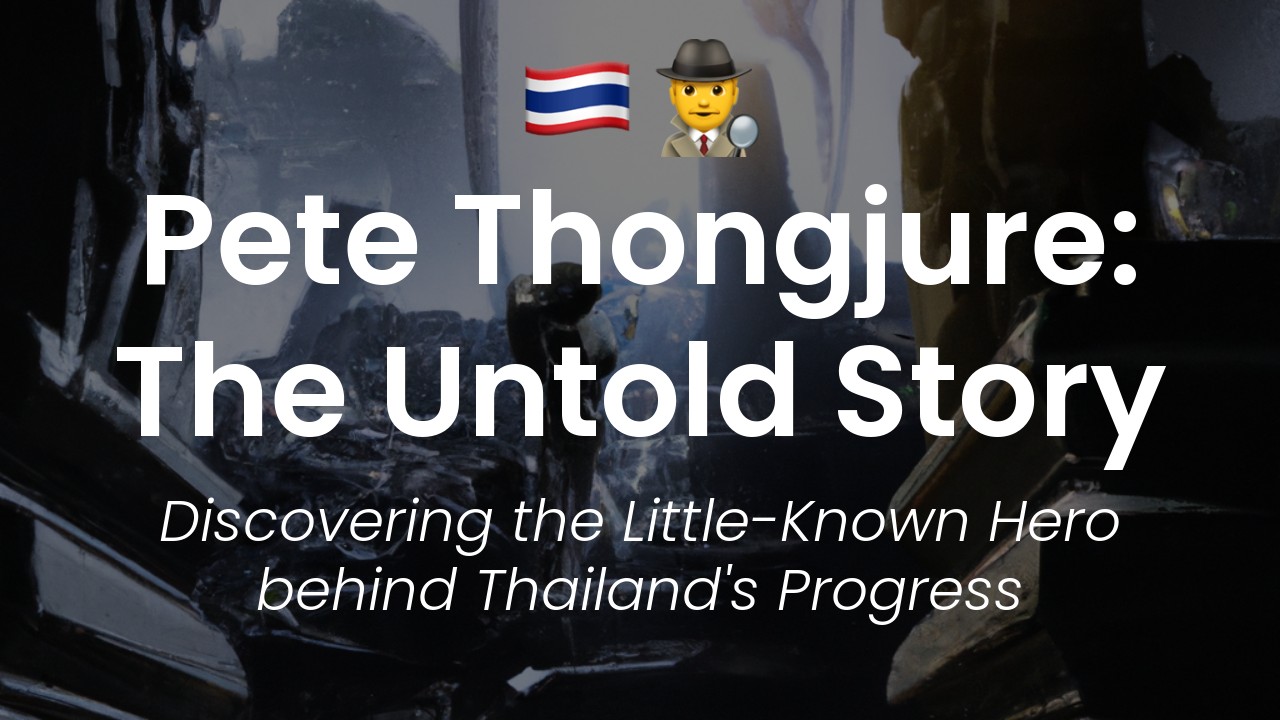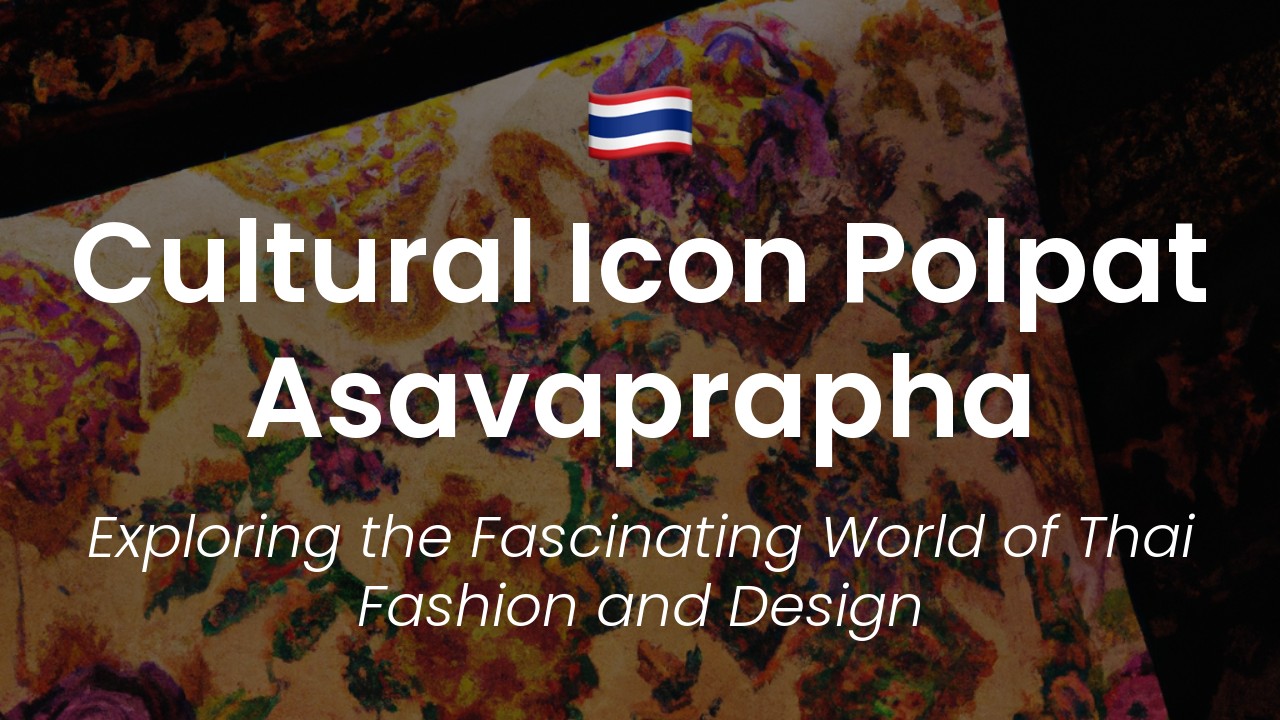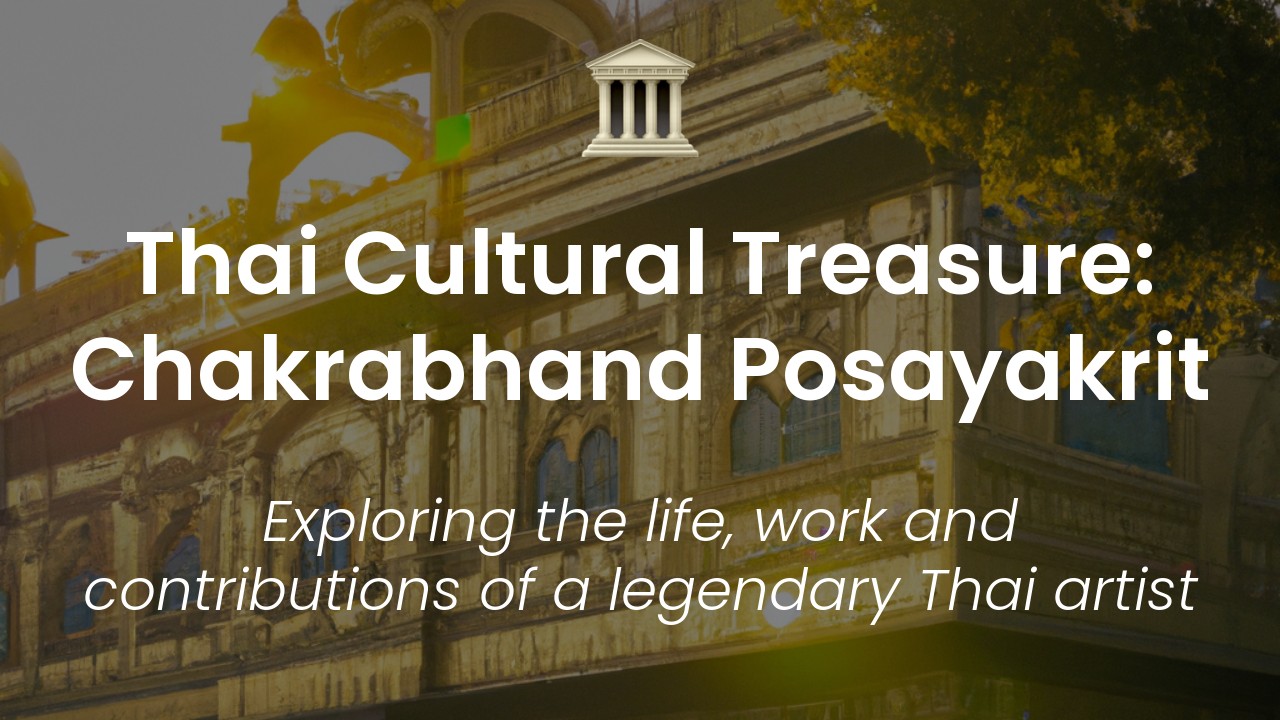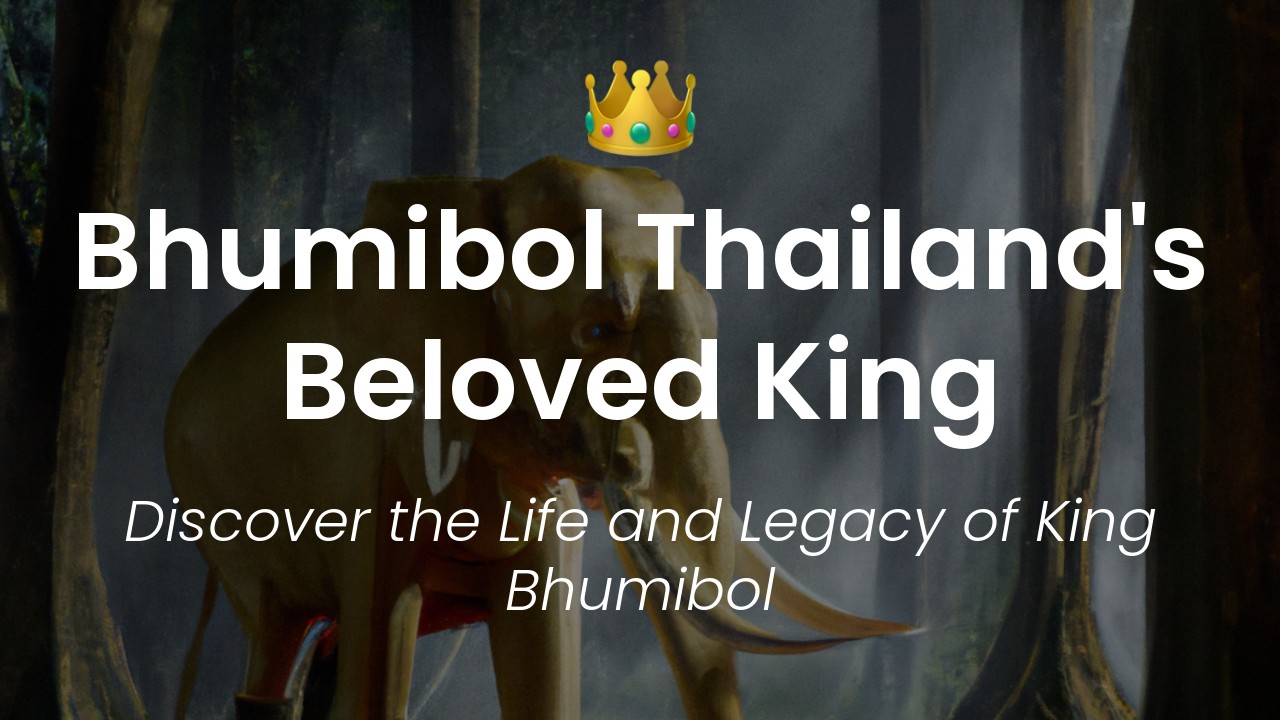When you think of Thailand, what comes to mind? Its stunning beaches, rich culture, and delicious cuisine, perhaps? What about its people? The nation is home to over 69 million Thais, each with their own story to tell. Today, I want to share with you the untold story of a man named Pete Thongjure. Few people outside of Thailand have ever heard of him, but he was a man of great influence in his home country.
Pete Thongjure was a Thai businessman born in Trang Province in 1912. As a young man, he left his hometown to work in Bangkok, where he quickly made a name for himself as an entrepreneur. In the 1950s and 60s, Pete was a driving force behind the growth of Thailand's tourism industry. He was one of the first to recognize the potential of the industry, and he worked tirelessly to promote Thailand as a destination for travelers from around the world.
Despite his contributions, however, Pete Thongjure's story has largely been forgotten. While he was once a household name in Thailand, his legacy has faded over time. But why? As I began to delve into Pete's life and accomplishments, I realized that there were several reasons why he has been largely forgotten. In this article, I'll take you on a journey through Thailand's history and show you how Pete's life and achievements have been overshadowed by political turmoil, economic change, and shifting social norms.
Early Life and Career of Pete Thongjure
Pete Thongjure was born on May 3, 1916, in the small town of Bangplasoi in the province of Nakorn Pathom, Thailand. He was the youngest of eight children, and his father was a local farmer. Despite his family's modest means, Pete was an excellent student and performed well in school. He attended Wat Thong Nai School in Bangplasoi and later went on to study at Suankularb Wittayalai School in Bangkok.
After completing high school, Pete enrolled at Chulalongkorn University to study law. However, his studies were interrupted by World War II when the Japanese invaded Thailand in 1941. Pete joined the Free Thai Movement and served as a liaison officer for the Allies. He was captured and imprisoned by the Japanese and sentenced to death for his role in the movement. However, he managed to escape and went into hiding in the jungle until the end of the war.
Following the war, Pete returned to Chulalongkorn University and completed his law degree. He then went on to work in various government agencies, including the Ministry of Foreign Affairs and the National Security Council. In 1968, he was appointed as the Director-General of the National Intelligence Agency, a position he held until his retirement in 1976.
Political Achievements and Contributions
During his long and distinguished career in government, Pete made significant contributions to Thai politics and foreign affairs. One of his most significant achievements was his role in negotiating the withdrawal of US troops from Thailand in 1973. Pete was also instrumental in the establishment of diplomatic relations between Thailand and China in 1975.
In addition to his work in foreign affairs, Pete was also a key player in domestic politics. He was a staunch supporter of democracy and played an important role in the drafting of Thailand's constitution in 1978, which established a bicameral legislature and limited the power of the monarchy.
Controversial Legacy and Criticisms
Despite his many achievements, Pete's legacy in Thailand is not without controversy. One of the most significant criticisms leveled against him is his role in the crackdown on student protesters in 1976. The student protests, which took place at Thammasat University, were met with brutal force by the government, and dozens of students were killed or injured. Pete has been criticized for his role in ordering the military to use force against the protesters.
Another criticism leveled against Pete is his alleged involvement in the disappearance of activists during the 1970s. Several activists who were critical of the government disappeared during Pete's tenure as Director-General of the National Intelligence Agency. Although there is no conclusive evidence linking Pete to these disappearances, many believe that he was complicit in the government's campaign to silence its critics.
Personal Life and Family
Despite his long and illustrious career in government, Pete was also known for his personal life. He was married twice and had six children. His first marriage was to a Thai woman, with whom he had four children. His second marriage was to an American woman, and they had two children together.
Pete was also an avid collector of antiques and art. He amassed a large collection of Asian artifacts and was particularly fond of Chinese porcelain.
Cultural Significance and Impact
Pete Thongjure's legacy in Thailand is significant. He played a key role in many of the most important events in modern Thai history. From negotiating the withdrawal of US troops to drafting the constitution that established a democratic government, Pete was a pivotal figure in Thailand's development as a nation.
Despite the controversies surrounding his legacy, Pete is still celebrated as a national hero by many Thais. His contributions to the country's development are recognized and appreciated by those who remember the difficult times that preceded them.
Legacy and Memorials
Pete Thongjure passed away on February 9, 2003, at the age of 86. He was buried with full honors at Wat Thong Nai, the temple where he attended school as a young boy.
In addition to his burial, Pete has also been memorialized in other ways. The Thai government has named several schools and buildings in his honor, and a scholarship fund has been established in his name to support the education of young Thais.







